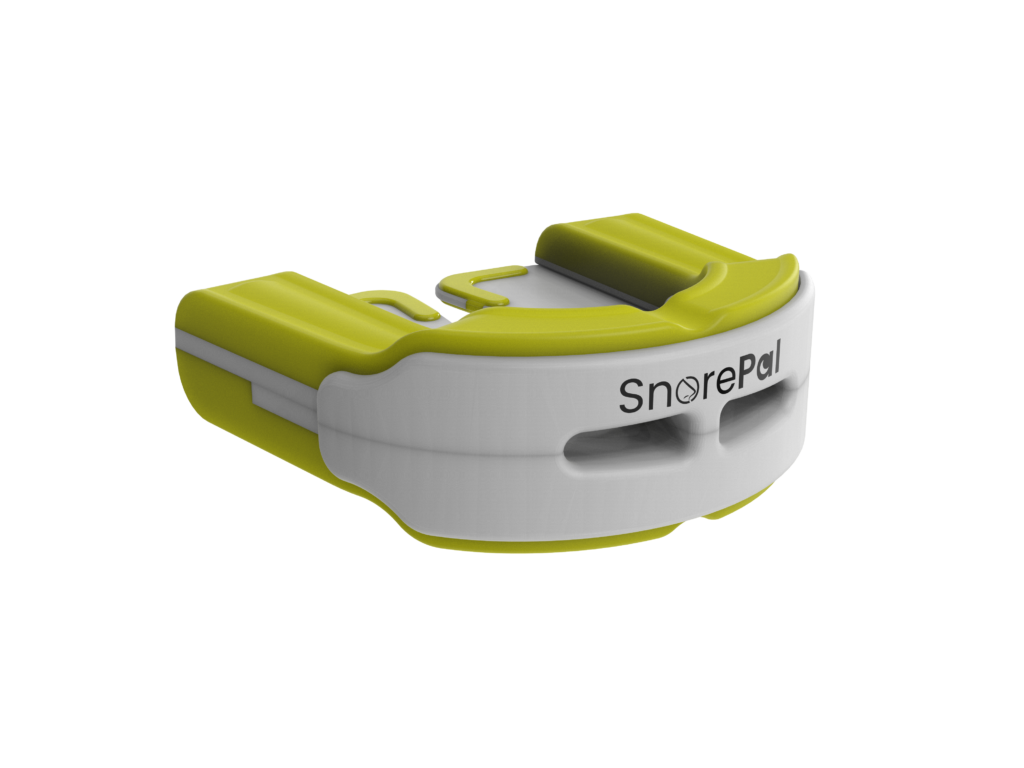Sleep is an essential part of our daily lives, and getting a good night’s rest is crucial for our overall health and well-being. However, many people struggle with sleep issues such as snoring and sleep apnea, which can significantly impact the quality of their sleep. Fortunately, there is a simple solution that can help alleviate these problems – mouthpieces. In this blog post, we will discuss everything you need to know about using a mouthpiece for better sleep, including how to choose the right one for your needs.
What is a Mouthpiece?
A mouthpiece, also known as an oral appliance, is a device that is worn in the mouth during sleep to help improve breathing and reduce snoring. It works by positioning the jaw and tongue in a way that prevents the soft tissues in the throat from collapsing and blocking the airway. This keeps the airway open and allows for better airflow, resulting in reduced snoring and improved sleep quality.
Types of Mouthpieces
There are two main types of mouthpieces – mandibular advancement devices (MADs) and tongue retaining devices (TRDs). MADs work by holding the lower jaw in a slightly forward position, which helps keep the airway open. TRDs, on the other hand, work by suctioning the tongue forward, which also helps keep the airway open. Both types of mouthpieces are effective in reducing snoring and improving sleep quality, but they work differently, and one may be more suitable for your needs than the other.
Factors to Consider When Choosing a Mouthpiece
1. Comfort
One of the most important factors to consider when choosing a mouthpiece is comfort. Since you will be wearing it in your mouth for several hours every night, it is crucial to choose one that is comfortable and does not cause any pain or discomfort. It is recommended to opt for a mouthpiece that is adjustable, as this allows you to customize the fit according to your comfort level.
2. Material

Sleep Soundly with a Mouthpiece: How to Choose the Right One for Your Needs
Mouthpieces are made of different materials, including plastic, silicone, and thermoplastic. Plastic and silicone are the most common materials used, and they are both durable and easy to clean. Thermoplastic, on the other hand, is a softer material that conforms to the shape of your mouth, providing a more comfortable fit. Consider your personal preference and any potential allergies when choosing the material for your mouthpiece.
3. Customization
Some mouthpieces are custom-made, while others are one-size-fits-all. Custom-made mouthpieces are typically more expensive, but they provide a better fit and are more comfortable to wear. One-size-fits-all mouthpieces are more affordable, but they may not fit everyone’s mouth comfortably. Consider your budget and personal preference when deciding between a custom-made or one-size-fits-all mouthpiece.
4. Breathing Method
As mentioned earlier, MADs and TRDs work differently in improving breathing during sleep. If you are a mouth breather, a MAD may be more suitable for you as it allows for better airflow through the mouth. However, if you are a nose breather, a TRD may be a better option as it focuses on keeping the tongue forward, which can help reduce snoring and improve breathing through the nose.
5. Brand and Reviews
When choosing a mouthpiece, it is essential to do your research on the different brands available in the market. Look for reputable brands with positive reviews from customers. Reading reviews can give you an idea of the effectiveness and comfort level of a particular mouthpiece, helping you make an informed decision.
Conclusion
Using a mouthpiece can be an effective solution for snoring and sleep apnea, but it is crucial to choose the right one for your needs. Consider factors such as comfort, material, customization, breathing method, and brand before making a purchase. It is also recommended to consult with a healthcare professional before using a mouthpiece, as they can provide personalized recommendations based on your specific sleep issues.
In summary, using a mouthpiece can help improve sleep quality and reduce snoring and sleep apnea. When choosing a mouthpiece, consider factors such as comfort, material, customization, breathing method, and brand. Consulting with a healthcare professional is also recommended for personalized recommendations. Get a good night’s rest with the right mouthpiece for your needs.
